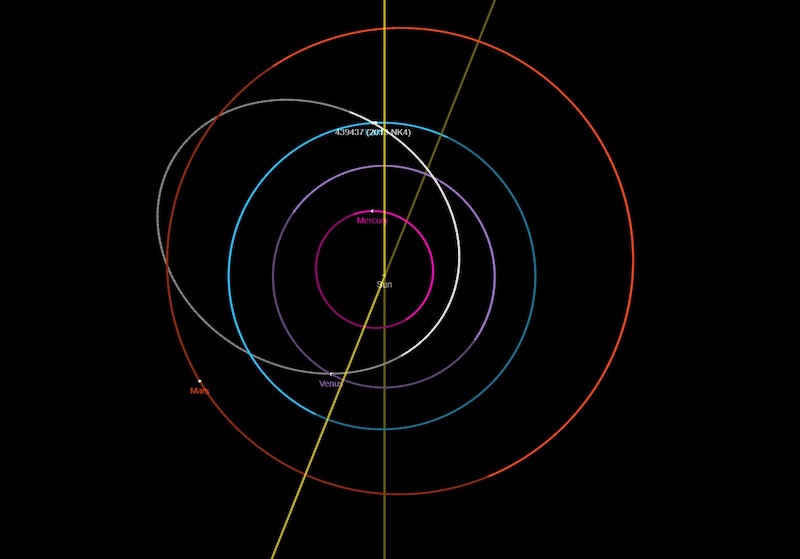Large asteroid to pass Earth! EarthSky’s Deborah Byrd created this 1-minute video summary for you.
Large asteroid will safely pass Earth
A large space rock will safely pass Earth today (April 15, 2024). And it’s big enough to see using a small telescope! The asteroid is labeled 2013 NK4. It has a diameter of about 2,000 feet (610 meters). That makes it about twice as large as Apophis, the so-called doomsday asteroid that will pass closer than Earth’s artificial satellites in 2029. Meanwhile, today, 2013 NK4 will pass at a much farther distance. It’s sweeping past at more than 8 times the moon’s distance. What’s so amazing about it? People with telescopes will be able to watch it fly by Earth!
Closest approach for asteroid 2013 NK4 happens on Monday, April 15, 2024, at 14:51 UTC. But, due to its location in the sky, it’ll be easier to see through a telescope on the nights of April 16 and 17. See finder charts below.
Attention astronomy enthusiasts! Are you looking for a way to show your support for astronomy education? Donate to EarthSky.org here and help us bring knowledge of the night sky and our universe to people worldwide.
The asteroid’s orbit
Because the asteroid occasionally passes near Earth and is a fairly large space rock, 2013 NK4 holds the scary-sounding designation of Potentially Hazardous Asteroid. However, we’ve known about asteroid 2013 NK4 since 2013 (thus the year designation in its name), and it has a well-defined orbit. There will be absolutely no danger as it passes by Earth on April 15.
2013 NK4 orbits the sun every 378 days. But its orbit is slightly more elliptical than ours. Its orbit goes out past Mars and then dives in between the orbits of Venus and Mercury. The asteroid will pass our planet at a speed of 36,909 miles per hour (59,400 km per hour) or 10.2 miles per second (16.5 km per second), relative to Earth.
Use a telescope to see the large asteroid
Using “GoTo” or computerized telescopes makes observing an asteroid easier than ever before. You’ll be able to see the asteroid in the telescope eyepiece or screen as a slowly moving point of light in front of the background stars.
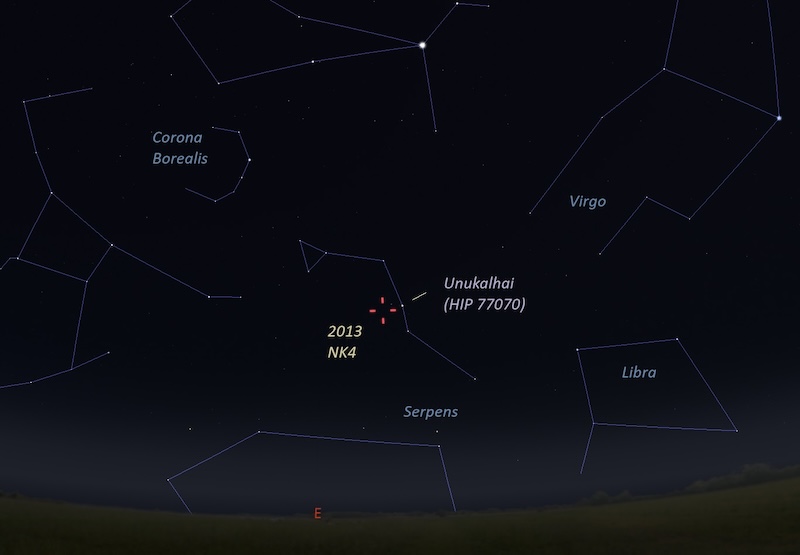
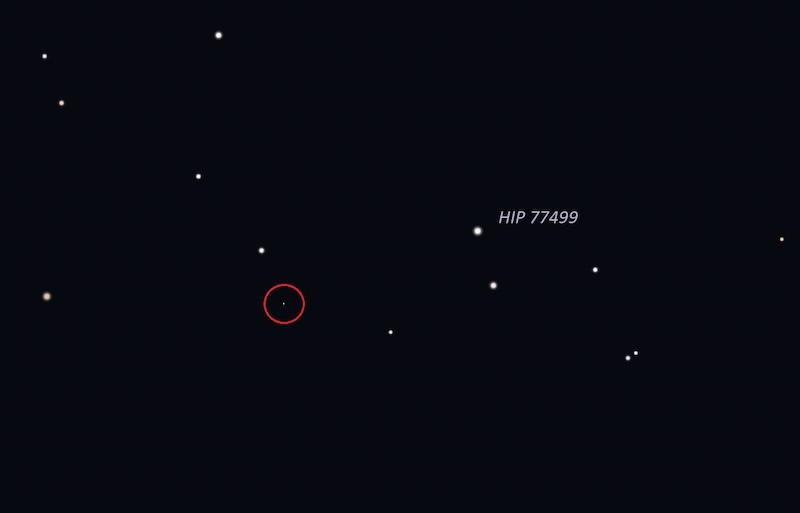
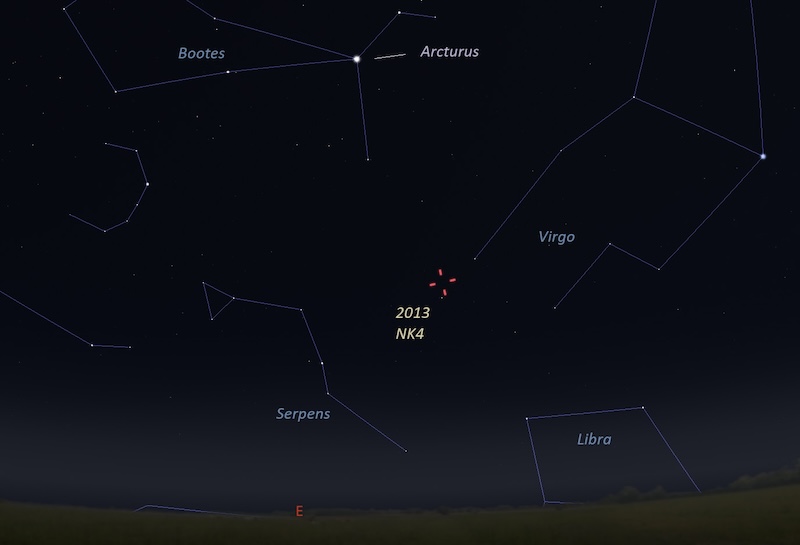
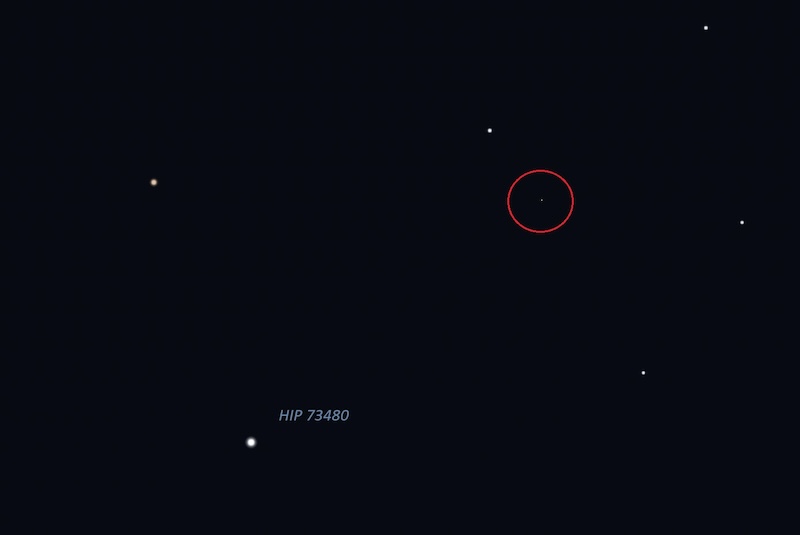
NASA will be studying NK4
According to NASA/JPL, astronomers will be studying the space rock using the 230-foot (70-meter) DSS-14 Goldstone radar antenna in California from April 13-19. Also, on April 14, observations of this object are scheduled from Canberra, Australia, using NASA’s 34-meter (112-foot) DSS-35 dish antenna.
Scientists expect to acquire highly detailed delay-Doppler images, which should show the asteroid’s shape and perhaps allow them to better refine the space rock’s size.
Bottom line: A large asteroid – 2013 NK4, which spans about 2,000 feet across – will safely pass by Earth on April 15, 2024. It’ll be visible in small telescopes on April 16 and 17.

Dr. Thomas Hughes is a UK-based scientist and science communicator who makes complex topics accessible to readers. His articles explore breakthroughs in various scientific disciplines, from space exploration to cutting-edge research.

